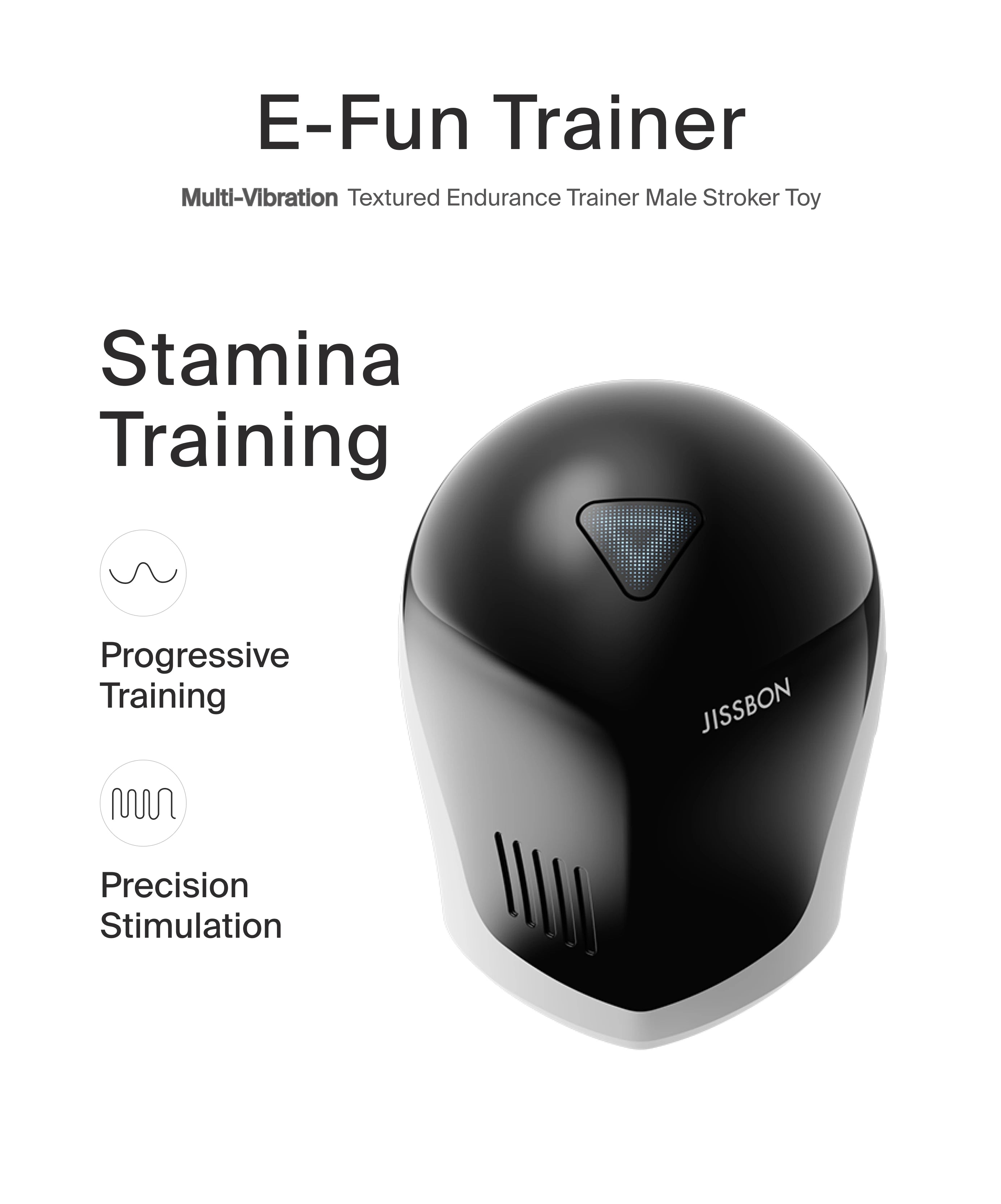
What Does BDSM Stand For?
-
Bondage involves the use of restraints (like handcuffs or ropes) to restrict movement.
-
Discipline refers to agreed-upon rules or punishments within a dynamic.
-
Dominance and Submission (D/s) describe the power relationship, where one partner takes control and the other yields it.
-
Sadism and Masochism (S/M) involve giving or receiving pain for mutual pleasure.
BDSM Basics: Core Terms and Roles

Dominant (Dom/Domme)
Submissive (Sub)
Switch
Top / Bottom
What Is a Dom and a Sub?
-
A Dom leads with consent and care.
-
A Sub consents to give up power not dignity or safety.
Types of BDSM Play
Bondage Play
Sensation Play
Impact Play
Role Play
Dominance & Submission (D/s)
Consent, Safe Words & Communication

-
Explicit Consent: Talk about limits, boundaries, and desires before any scene begins. Use tools like checklists or “yes, no, maybe” frameworks.
-
Safe Words: A safe word is a pre-agreed word or signal that instantly stops all activity. Common choices: “red” (stop), “yellow” (slow down), “green” (all good).
-
Ongoing Check-Ins: Consent isn't one-and-done. It must be reaffirmed constantly, especially if trying something new or intense.
-
Aftercare Plans: Discuss how you'll decompress afterward whether through cuddles, quiet time, or a warm shower.
How BDSM Sex Works in Relationships
-
Negotiation Comes First: Before any scene or play, partners discuss boundaries, fantasies, and hard limits. This creates emotional safety and shared understanding.
-
Power Exchange Is Consensual: One partner (the Dominant) takes the lead, while the other (the Submissive) surrenders control but only within agreed limits. The roles may be fluid, especially if one or both partners are switches.
-
Scenes Can Be Physical or Psychological: From spanking or restraint to dirty talk or denial, can include physical sensations or emotional control whatever fits your dynamic.
-
Safe Words Build Trust: They’re a must. Using a safe word doesn’t mean failure it shows that respect and communication come first.
-
Aftercare Strengthens Connection: After a BDSM experience, couples often engage in soothing rituals cuddling, verbal check-ins, or applying lotion. This helps both partners feel safe, seen, and cared for.
What Are Some Common BDSM Activities?
-
Bondage: Using restraints like handcuffs, ropes, or silk ties to limit movement.
-
Sensory Play: Enhancing or depriving senses with blindfolds, feathers, ice, or vibrators like the Clitoral Suction Toy. Spanking & Impact Play: Controlled striking using hands, paddles, or floggers always within agreed limits.
-
Role Play: Acting out power dynamics like teacher/student or boss/assistant.
-
Dom/Sub Dynamics: One partner takes control (Dom), the other submits (Sub). This can be verbal, behavioral, or emotional.
-
Edge Play: Activities that push psychological or physical limits not recommended for beginners.
-
Orgasm Control: Delaying, denying, or commanding climax often using remote toys like the Bullet Vibrator.
-
Verbal Control: Using commands, praise, degradation, or silence to heighten psychological intensity.
-
Restraint-Free Power Play: No tools needed just verbal dominance, posture control, or permission-based actions.
6 Tips for Practicing BDSM Safely

-
Start with Open Communication: Talk about fantasies, fears, and limits before anything begins. Consent is the first step not an afterthought.
-
Always Establish a Safe Word: Choose a clear, easy-to-remember word like “red” to immediately stop the scene. Respect it every time no exceptions.
-
Use Body-Safe Toys & Tools: Choose high-quality materials like medical-grade silicone. Try beginner-friendly tools like the Suction Vibrator for gentle stimulation.
-
Start Slow and Simple: Begin with light bondage, sensation play, or remote control toys like the Bullet Vibrator. No need to rush into extremes.
-
Learn Basic Safety Techniques: If using restraints, avoid cutting off circulation. Never leave a tied partner unattended. Have scissors nearby for quick release.
-
Always Practice Aftercare: After the scene, check in emotionally and physically. Cuddling, hydration, or a warm shower can help you both reconnect and recover.
How to Try BDSM for the First Time

-
Start with a Conversation: Talk openly with your partner about fantasies, boundaries, and what excites vs. intimidates you. No surprises.
-
Choose a Low-Intensity Entry Point: Try light bondage (like silk ties), gentle command play, or sensation tools like blindfolds or feathers.
-
Use Beginner-Friendly Toys: Products that enhance sensation without overwhelming are ideal. For example:
-
Bullet Vibrator lets one partner take control from across the room or across the country.
-
Clitoral Suction Vibrator offers gentle, teasing pulses perfect for power-play teasing.
-
-
Establish a Safe Word: Even in mild play, having a stop signal builds safety and trust.
-
Debrief Afterward: Talk about what you liked, what felt off, and what you want to try next.
Common Myths About BDSM
-
Myth: BDSM is abusive. Truth: Abuse lacks consent. is rooted in explicit, informed consent and mutual respect. A healthy scene is negotiated, safe, and wanted by all involved.
-
Myth: Only damaged or aggressive people enjoy BDSM. Truth: People of all backgrounds explore kink. Enjoying dominance, submission, or sensation play doesn’t mean you’re “broken” it means you’re human and curious.
-
Myth: BDSM always involves pain. Truth: Many forms of like sensory play or power dynamics are completely pain-free. It’s about connection, not discomfort.
-
Myth: Submissives are weak. Truth: Submissives often hold more power than they appear to. They set limits, give permission, and can stop the scene at any time.
What Is the BDSM Lifestyle?

-
Scene-Based Play: Casual, negotiated experiences that are time-limited. Think: trying rope bondage during sex or using remote-controlled toys like Bullet Vibrator to experiment with control.
-
24/7 Dynamics: Long-term Dominant/submissive (D/s) relationships where power exchange exists outside of the bedroom through rituals, tasks, or behavioral protocols.
When to Stop or Seek Help
-
You feel pressured into acts you didn’t agree to
-
Safe words aren’t respected or honored
-
Pain or emotional discomfort lingers beyond what you expected or wanted
-
You’re afraid to express your limits or needs
-
Your partner dismisses your boundaries or mocks your hesitations
Final Thoughts: BDSM Is About Trust, Not Pain
Frequently Asked Questions
Is BDSM always about pain or rough sex?
What does “switch” mean in BDSM or dating?
Is BDSM safe for beginners?
How do I talk to my partner about BDSM?
Read more

What if the color you wear or the lighting in your bedroom could actually turn someone on? Sounds bold, but science says it’s possible. isn’t just a visual experience; it’s a powerful psychologic...

Many people feel intrigued by the idea of BDSM but don’t know where to begin. Maybe you've fantasized about light bondage, dominance, or surrendering control. Or maybe you're just curious about w...































































































